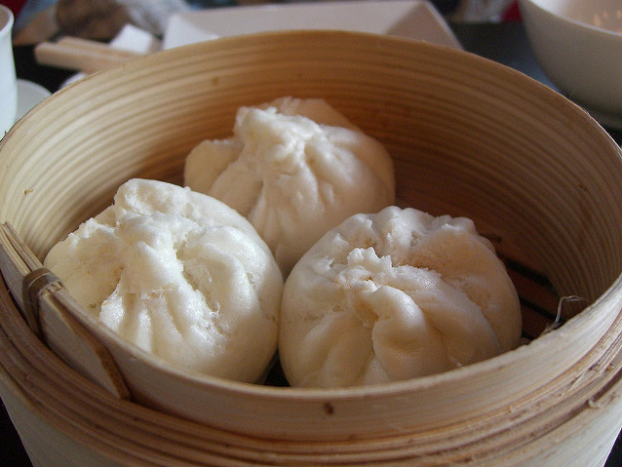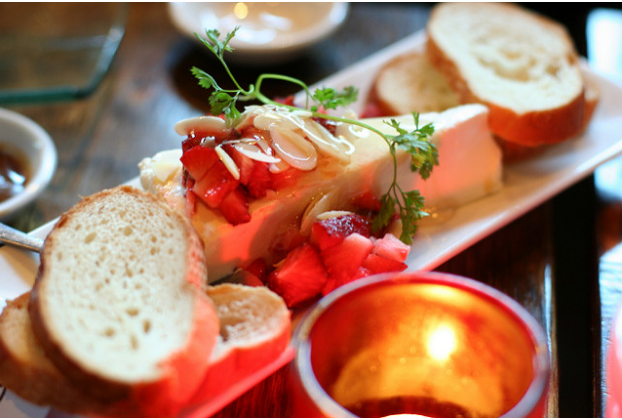 (Source: Flickr)
(Source: Flickr)
Everyone likes a bargain when dining out. But as a restaurant owner, it’s understandable that you might be wary of offering too many discounts to customers, as it can reduce overall profits. However, there is actually a way to offer discounts to customers that can actually drive sales for your restaurant: bundle deals.
Here, we’ll explore the art of offering bundle deals in your establishment, including what they are, how you and your customers can benefit from them, and how to offer them in the most effective way for your establishment.
What are bundle deals? Bundle deals, also referred to as “bundle pricing” or simply “bundling”, in the restaurant setting, are a mode of marketing wherein the establishment offers two or more products as a package, with a price which is lower than purchasing both items a la carte. It’s a method of marketing which has long been employed by fast food restaurants. Consider the “value deal” or “meal deal” setup, with a drink, burger, and fries, offered at a lower price than ordering each item separately.
However, in recent years, the art of bundling has gained traction outside of the fast food world, and is being offered in all sorts of establishments, from casual cafes to even higher-end restaurants. It has become known as an effective method of increasing profits while also boosting the overall customer experience.
(Source: Flickr)
Benefits of bundle deals for restaurants: Bundle deals offer a myriad of benefits for the restaurant. Here are just a few:
- Simplified preparation: Say you own an Italian restaurant. If you offer a bundle deal which involves a soup or salad, drink, and a plate of spaghetti, this will simplify things for the kitchen, because they will be able to anticipate plenty of orders for the special items and can prep these items to make them more efficient to send out of the kitchen.
- Promote menu items: Offering a bundle deal can bring attention to menu items that you’d like to highlight. For instance, if not many people order from your appetizer list, offering appetizers as part of a bundle can boost attention toward that part of your menu.
- Increased profits: True, offering a bundle deal means that the customer pays less for a suite of menu items. However, customers are paying more for a bundle deal than they would if they just ordered one of the items that are featured in the bundle. A bundle offers a greater perceived value for the customer, which means that they might end up spending more money overall than they would otherwise.

(Source: Flickr)
Benefits of bundle deals for your customers: In addition to benefitting your restaurant, a bundle deal has the added bonus of benefitting your customer, too. Here are some ways in which it can make customers happy:
- Greater variety: Customers enjoy variety. When they order a bundle deal, they are offered a more interesting and varied meal experience than simply ordering a single item.
- A better meal experience: Bundling promotes ordering multiple courses. For budget-conscious diners who crave the experience of a night out, this allows them to order multiple courses for a lower price, and gives them a more well-rounded dining experience. It also offers more engagement with the server, which might result in better tips.
- Greater value: Customers get to enjoy the variety offered with a bundle deal at a lower price than if they ordered each item a la carte. It gives them a chance to try something new with less money spent.

(Source: Flickr)
Offering bundle deals: how to get started. So, you’re interested in offering a bundle deal? Here are some basic steps to get started.
Decide on what you’d like to bundle. There are endless ways to bundle menu items. To get the ball rolling, you can start by thinking about what items you’d like to promote. If you want to sell more appetizers, a good bundle deal might include a reduced price for ordering an entree and an appetizer. If you want to boost dessert sales, you might include a special where if a customer purchases a glass of wine and an entree, they can purchase a dessert for a reduced price. Think about what type of discount you’d like to offer first.
Figure out your discount. Once you have an idea of what type of discount you’d like to offer, figure out the figures. For instance, say you offer entrees which range in price from $14 to $17, and appetizers which range in price from $7 to $9. You could offer a package where an appetizer plus an entree costs $19. Even the lowest-priced combination would offer a small savings to the customer. If you’re concerned about a rush on the lower margin items, you can create exceptions about which items are offered.
Consider your goals. What do you hope to gain with your bundle deal? Do you want to increase traffic during happy hour? Or are you attempting to bring people in during the slower weekdays? Make sure that the discount and bundle deal you’ve chosen are in keeping with your overall goals.
Market your bundle deal! Make sure your customers know about the great deal you’re offering. Start by promoting it on your social media channels and your website. In the restaurant, you can create signage or table displays detailing the special, and make sure that your staff is well-versed and knowledgeable about the bundles, so that they can promote and “sell” them to customers.
Conclusion: Offering bundle deals in your restaurant offers benefit for both the establishment and the customers. For the restaurant, it’s a way to increase sales yet still maintain good profit margins. For customers, it’s a way to save money while enjoying a greater variety and richer overall dining experience. Bundle deals can create a win-win situation in which all parties are satisfied with the results, and your business flourishes.
Have you ever offered a bundle deal in your restaurant?


